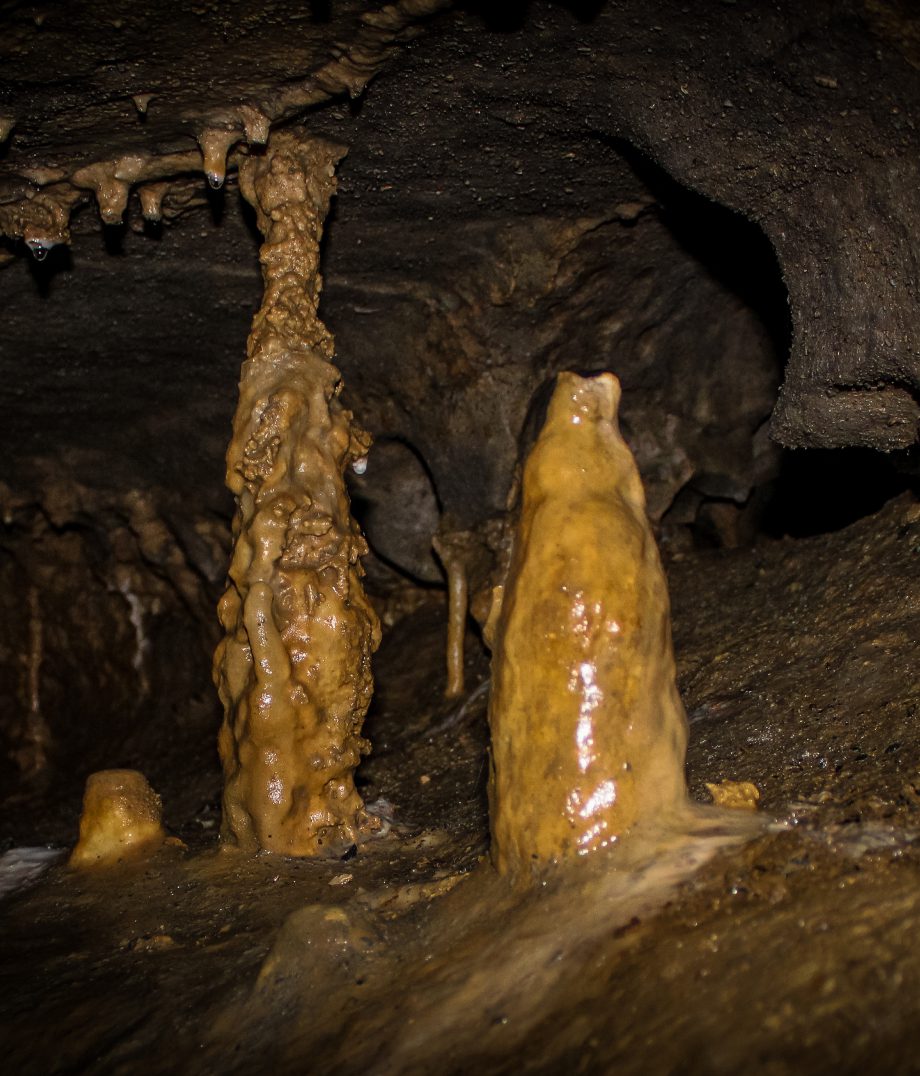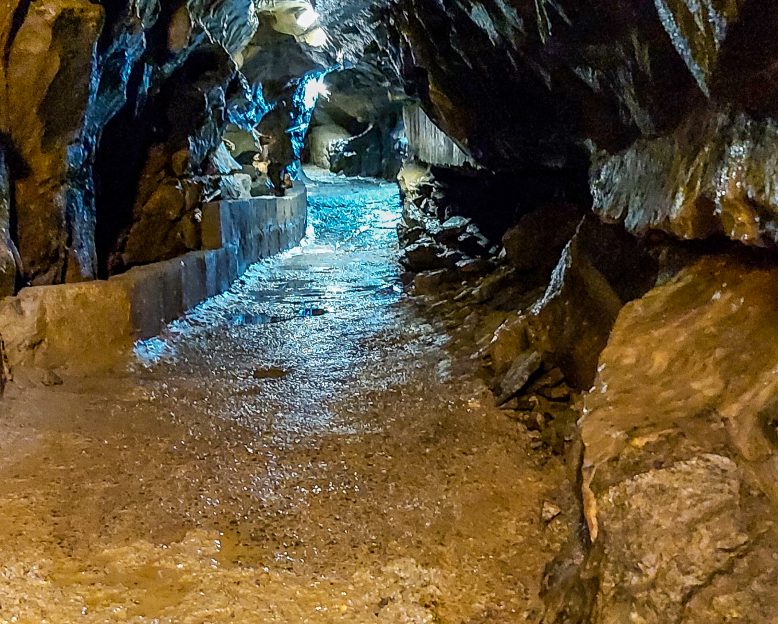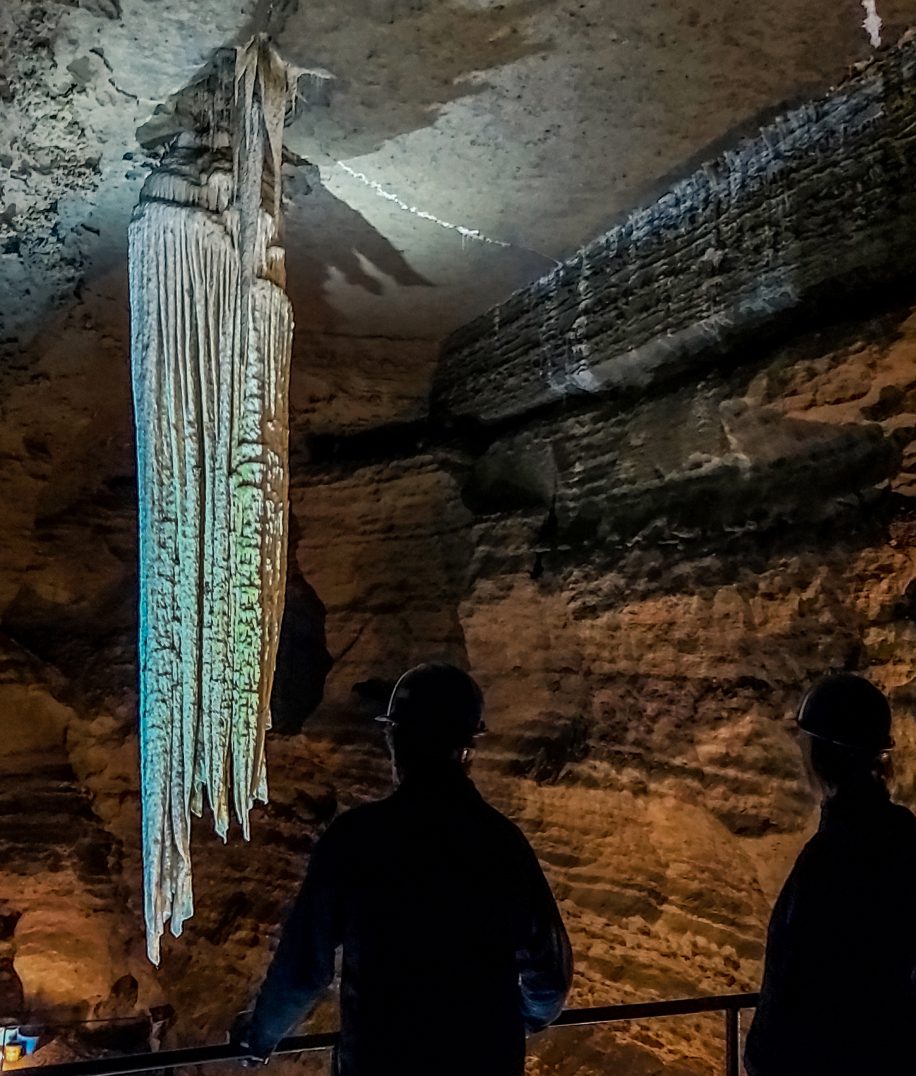ABOUT
THE FORMATION OF DOOLIN CAVE
FORMATION
LIMESTONE ROCK
Limestone is predominately calcium carbonate (CaCO3) and this is soluble in water that contains carbon dioxide (CO2). There has been much publicity about carbon dioxide in the atmosphere and its role in global warming but there is much more CO2 in the soil. Initially water moves through the rock very slowly along tiny passages but as it does so it dissolves the rock and gradually enlarges the passages to form discrete conduits. When these conduits become large enough for people to pass through they are referred to as caves.
EXPLORE
DOOLIN CAVE
Active caves, like Pol an Ionáin, Doolin Cave, have a stream flowing through them which continues to dissolve the limestone. However, as lower conduits develop over time those at a higher level may be abandoned and some may be filled with sediment such as the passage at the end of the Main Chamber. As well as rain falling directly onto the limestone, streams that have their origins on other impervious rocks commonly sink soon after they flow onto limestone – just like the stream that sinks at the entrance to Doolin Cave. After flowing through caves the water emerges from springs, although these may be at the coast or even under the sea.
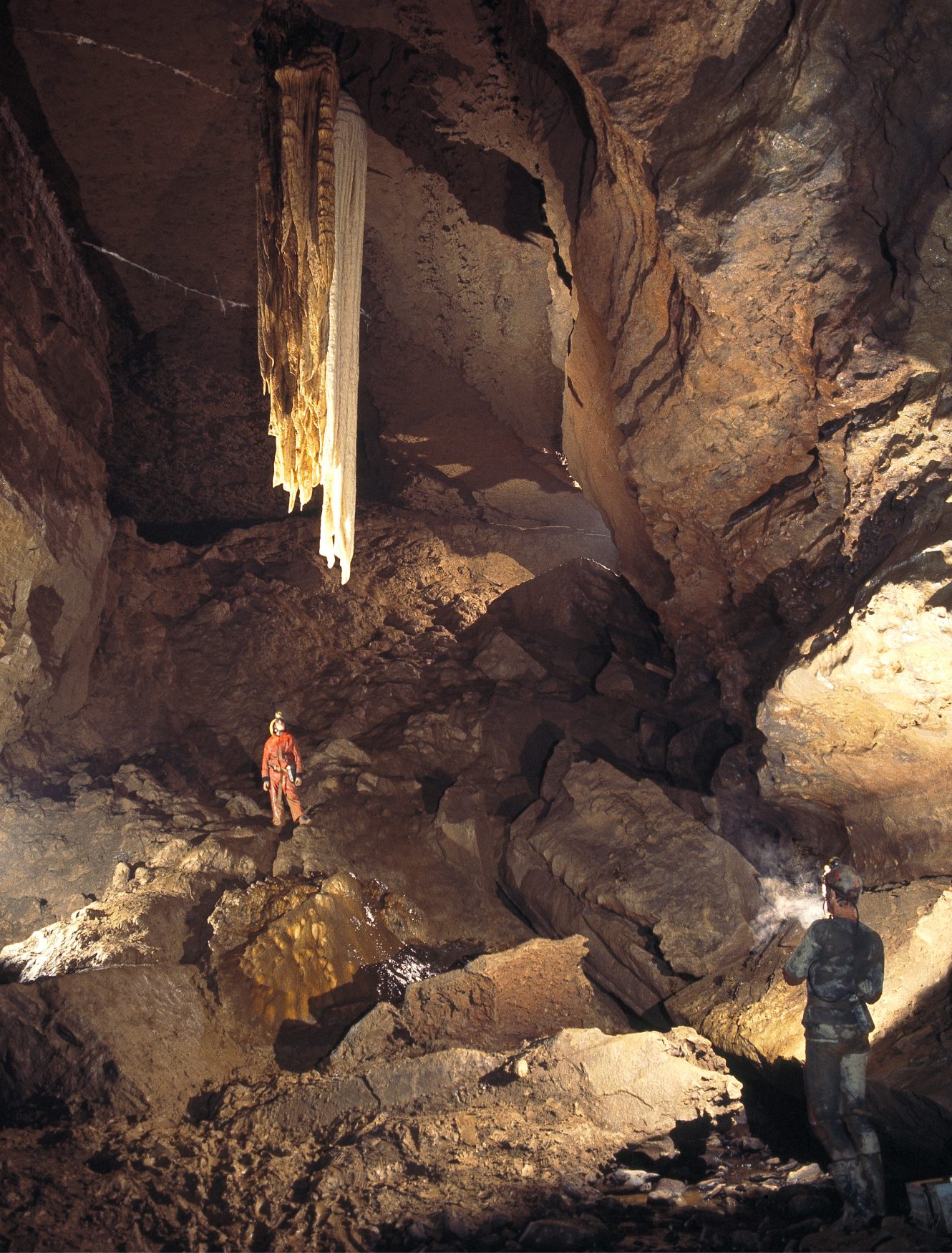
LEARN
CAVE FORMATION
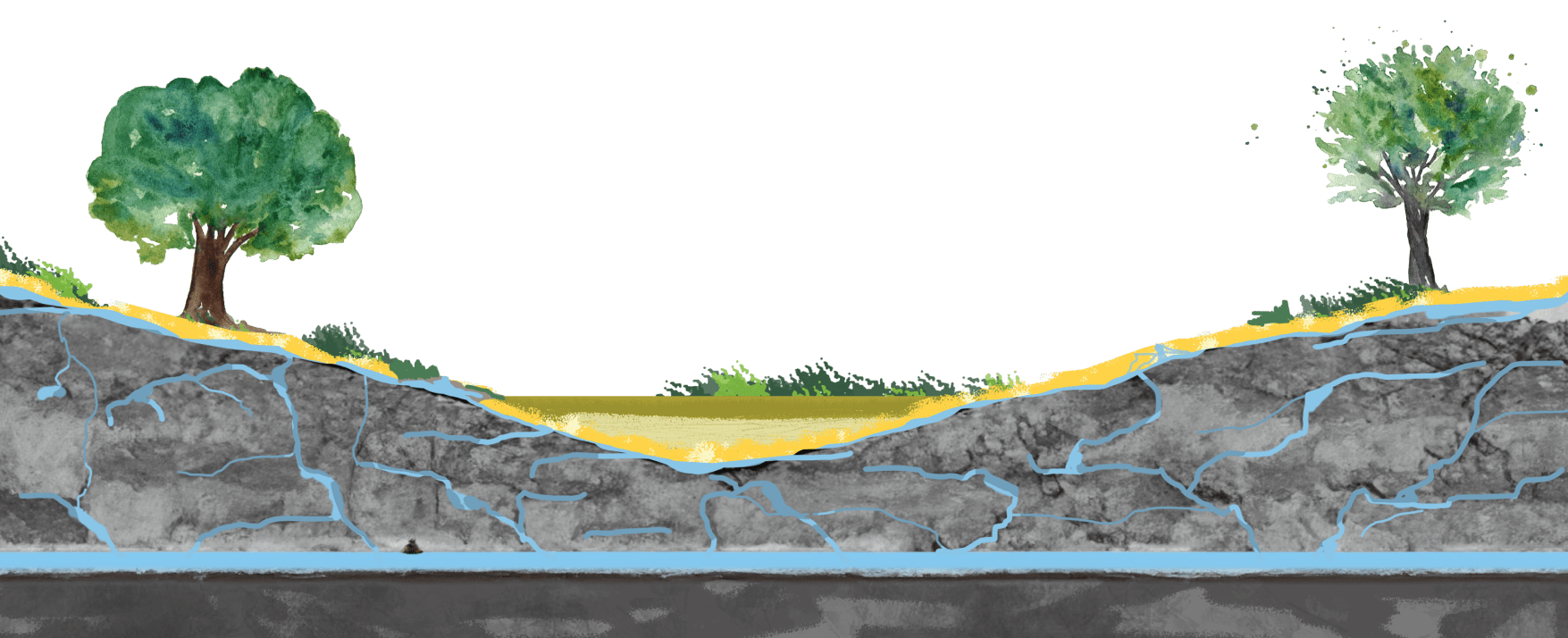
explore
join us at doolin cave and experiENCE MILLIONS of years of history in the making.
about
GALLERY
